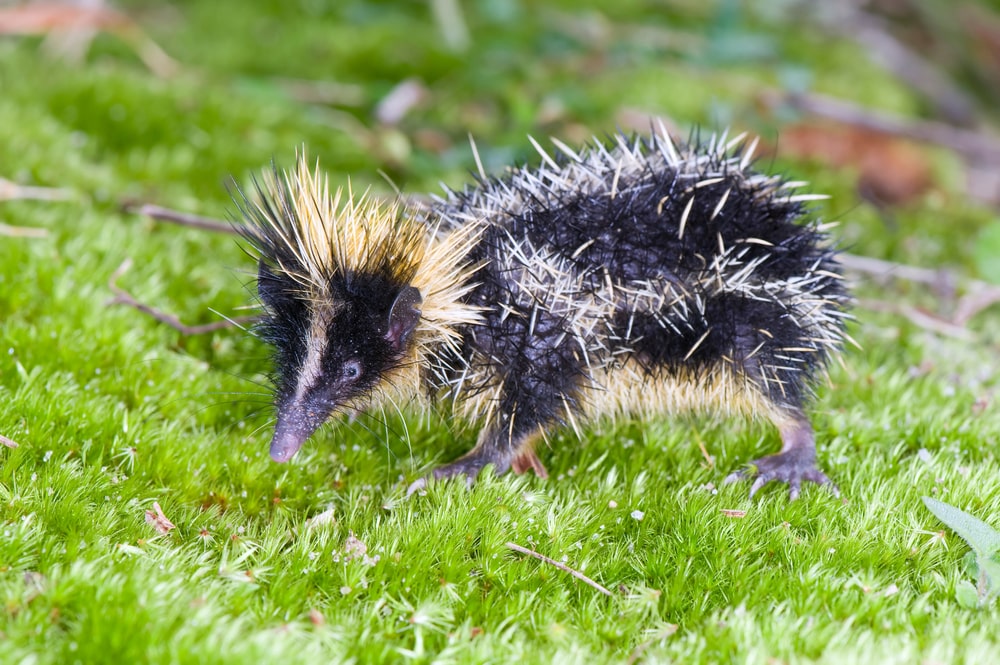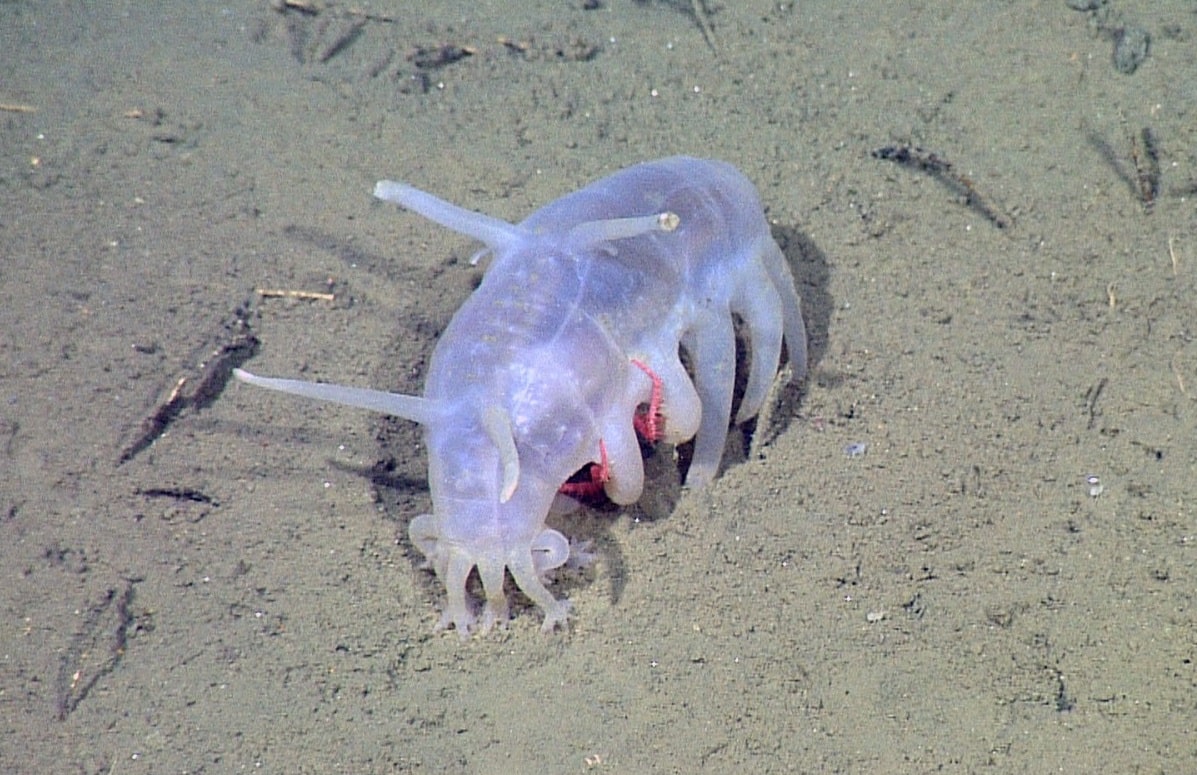Saltwater Crocodile vs American Alligator, Gharial vs Nile Croc
Today we’ll be comparing the saltwater crocodile with other crocodilians and see if they have what it takes to go head-to-head with one of the deadliest predators alive!

Saltwater Crocodiles
The saltwater crocodile, renowned as the world’s largest living crocodilian, is an apex predator inhabiting the brackish and saltwater regions of Southeast Asia, Northern Australia, and the Indian subcontinent. Adult males can attain lengths of up to 23 feet (7 meters) or even more, while females are generally smaller, averaging around 10 feet (3 meters). This immense size grants them an unparalleled advantage in the aquatic ecosystems they inhabit.
The saltwater crocodile’s formidable jaw structure is a testament to its position as a top-tier predator. Armed with numerous sharp teeth, these creatures can deliver a powerful and lethal bite of 3,700 PSI. In addition, saltwater crocodiles are known for their ability to launch themselves out of the water to ambush prey, displaying remarkable athleticism and surprising agility for such massive creatures. But, is there any other crocodilian that could possibly defeat this apex predator? Let’s start with the American alligator.
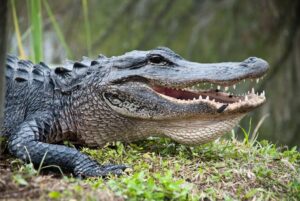
American Alligator vs Saltwater Crocodile
The American alligator is ranked among the largest reptiles in North America. But how does it compare to the Saltwater Crocodile? One of the most noticeable disparities lies in the shape of their snouts. American alligators possess a U-shaped snout, which is shorter and more robust. This adaptation is well-suited for their predominantly freshwater habitats and a diet that primarily consists of fish, turtles, and smaller mammals.
On the other hand, the saltwater crocodile boasts a V-shaped snout, more elongated and versatile. This characteristic allows it to pursue a wider variety of prey, including larger mammals, fish, and even other reptiles. Size is another differentiating factor. Adult male American alligators commonly reach lengths of 13 to 15 feet (4 to 4.5 meters), considerably smaller than their saltwater crocodile counterparts. In the dense mangroves of a coastal wetland, a Saltwater Crocodile meets an American Alligator.
The confrontation begins with a swift strike from the alligator, its powerful jaws snapping in defense. The saltwater crocodile, agile and adaptable, evades the attack with a twist of its body. The V-shaped snout of the crocodile proves to be a strategic advantage as it maneuvers with precision, avoiding the alligator’s attempts to seize control. The saltwater crocodile, capitalizing on its overwhelming size, strength, and versatility, closes in on the alligator. It was a good time to end this fight.
In a pivotal moment, the saltwater crocodile seizes the upper hand, its powerful jaws clamping down with a tremendous force of 3700 PSI. The alligator, bold but overmatched, succumbs to the dominance of the saltwater crocodile. The crocodile wins.

Nile crocodile vs Saltwater Crocodiles
The Nile crocodile is one of the scariest predators to exist, but can it do what the American alligator couldn’t? In terms of size, the saltwater crocodile is still generally larger than the Nile crocodile. Male Nile crocodiles typically average around 16 feet (5 meters). This once again gives the size advantage to the Saltwater Crocodile! The snout morphology is another key point of comparison. The Nile crocodile possesses a V-shaped snout, similar to the saltwater creture, but with a slightly broader and more robust appearance.
This adaptation allows the Nile crocodile to pursue a diverse diet, including fish, birds, and mammals. Overall, these two predators are similar to one another in several aspects. But who will reign supreme in a fight? The encounter develops with a powerful display of aggression from the Nile crocodile, its V-shaped snout designed for swift strikes. As the Nile crocodile launches the first attack, utilizing its powerful tail and jaws, the saltwater crocodile showcases a crucial advantage, its remarkable salt gland system.
This unique physiological adaptation enables the saltwater crocodile to efficiently excrete excess salt, granting it the ability to thrive in both freshwater and saltwater environments. In this particular mangrove setting, where salinity fluctuates, the saltwater crocodile’s prowess becomes evident as it maneuvers effortlessly through the changing waters, avoiding the Nile crocodile’s strikes. The elongated snout of the saltwater crocodile finally comes into play.
Its precision and reach eclipse the Nile crocodile’s attempts at dominance. With swift lunges and calculated strikes, the saltwater crocodile capitalizes on its elongated jaws, securing a strategic advantage in the battle. In the final moments of the encounter, the saltwater crocodile’s salt tolerance, buoyancy control, and elongated snout prove to be decisive factors. The Nile crocodile succumbs to the adaptive superiority of the saltwater crocodile.
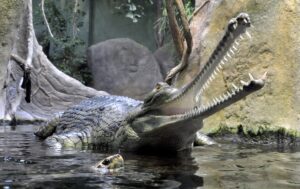
Gharial vs Saltwater Crocodile
The Gharial is a distinctive crocodilian known for its long, slender snout and unique physical features. This snout, which can be over twice the length of the skull, is adapted for a piscivorous (fish-eating) diet. The extended shape allows the gharial to move through the water with minimal resistance, facilitating swift and precise strikes when catching fish. The thin jaws are lined with numerous interlocking, needle-like teeth, further aiding in gripping slippery prey.
The limbs of the gharial are relatively weak and adapted for an aquatic lifestyle. The hind limbs have webbed feet, aiding in efficient swimming, while the forelimbs are smaller and equipped with claws. However, could the gharial, despite being smaller and weaker find some way to take on the saltwater crocodile? The gharial, with its slender snout glides along the river’s surface, navigating with ease through the intricate currents. In contrast, the saltwater crocodile, lurks nearby, drawn to the commotion in its territory.
Sensing an approaching threat, the gharial assumes a defensive posture, its thin body slicing through the water with sinuous grace. The saltwater crocodile appears, relentless in its hunting tactics, and employs a tactic known as the “death roll.” In a display of raw power, the crocodile seizes the gharial with its formidable jaws and begins to spin violently, inducing a death roll.
The gharial, its slender form overpowered by the force, struggles to maintain control. The death roll, a signature move of crocodilians, is a lethal maneuver employed to disorient and incapacitate prey. As the death roll ensues, the gharial’s slender snout becomes a vulnerability. Despite its agility, is unable to escape the crushing grip of the saltwater crocodile. The death roll proves effective, leaving the gharial disoriented and vulnerable to subsequent attacks.
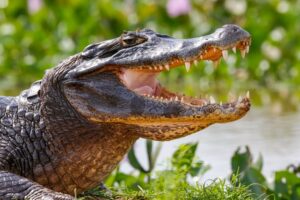
Black Caiman vs Saltwater Crocodiles
The Black caiman stands out as one of the largest crocodilian species, with adult males often exceeding lengths of 16 feet (5 meters) and displaying a robust build. The black caiman boasts a distinctive dark coloration, varying from dark gray to black. The black caiman possesses a robust and broad snout, which influences the structure of its jaws. The jaws are equipped with numerous conical teeth, particularly towards the back of the mouth.
The broad snout allows for a strong bite force, essential for capturing and subduing diverse prey in the freshwater environments it inhabits. While the teeth are well-suited for securing a grip, the black caiman’s jaw morphology is not specifically adapted for the notorious “death roll” behavior observed in some crocodilians. Is it possible for the Black Caiman to win against the Saltwater Crocodile? A black caiman patrolled its swamp kingdom with its eyes glinting in the murky water.
Suddenly, an unexpected challenger disrupted its reign – a saltwater crocodile, a colossal visitor from the distant ocean. The confrontation unfolded with measured precision. The caiman, agile and opportunistic, darted in and out, snapping at the crocodile’s vulnerable underbelly. Each attack, though precise, met the crocodile’s formidable defenses – powerful swipes of its tail sending the caiman reeling through the water. Gradually, the tide turned. The crocodile, patient and methodical, capitalized on the caiman’s expended energy.
Its massive jaws inflicted deep gashes on the caiman’s hide, each strike chipping away at its resolve. Sensing victory, the crocodile pressed its advantage, relentlessly pushing the caiman towards the shallows. Cornered, the caiman made a desperate attempt at escape. But the crocodile’s predatory instincts were honed by countless battles. With a swift lunge, it clamped onto the caiman’s snout, its powerful jaws securing a lethal grip. The ensuing struggle was brief but brutal. The caiman thrashed and writhed, but the crocodile, employing its signature death roll, dragged it into a vortex. The water turned red as the caiman succumbed to its wounds.
In the end, it seems like the saltwater crocodile truly is the strongest Crocodilian that exists today!

